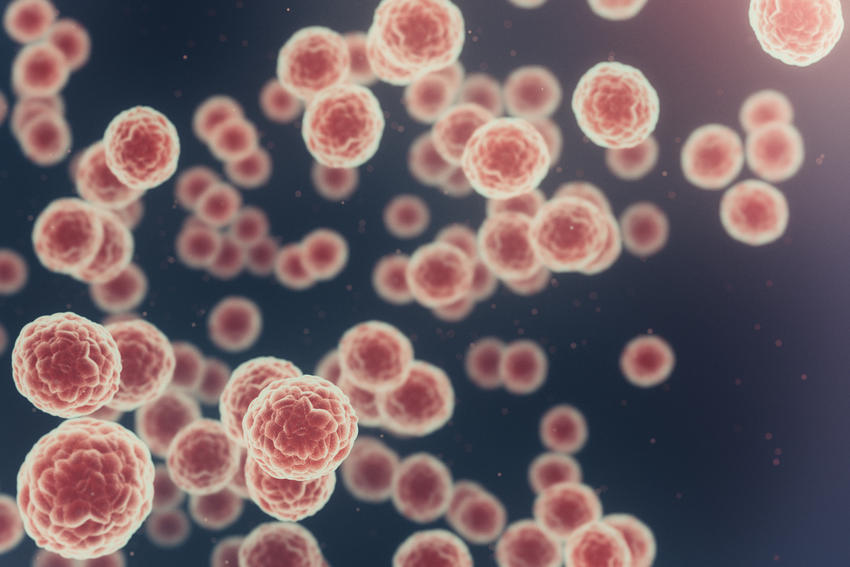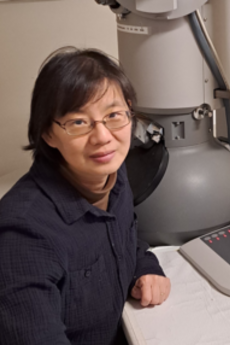Mansky, collaborators receive NIDCR grant to study cryo-CLEM imaging of virus transmission

Louis Mansky, PhD, professor of basic sciences and director of the Institute for Molecular Virology, received an NIH R21 grant from the National Institute of Dental and Craniofacial Research for his work on cryo-CLEM imaging of HTLV-1, along with Wei Zhang, PhD, research professor of basic sciences, and Joachim Mueller, professor of physics.
As director of the Institute for Molecular Virology, Mansky focuses on human pathogenic retroviruses. In particular, he studies human T-cell leukemia virus type 1 (HTLV-1), which causes adult T-cell leukemia, and how this virus replicates, with a goal of “identifying potential targets for therapeutic intervention.”
Mansky, Zhang and Mueller have long worked together, sharing an interest in retrovirus assembly and spread. “Our collaboration has a long-standing interest in the underlying biology involved in understanding how HTLV-1 infectivity can be transmitted through direct cell-cell contacts,” he explained. “In parallel with this interest has been a long standing interest along with our collaborators in implementing high-resolution, cryogenic-correlative light and electron microscopy (cryo-CLEM) toward our collaborative studies of human retroviruses. This grant represents one aspect of that long-standing interest.”
More specifically, the grant seeks to “develop a practical research platform to investigate the molecular mechanism of HTLV-1 cell-cell transmission”, Zhang explained.
“HTLV-1 is a potent carcinogenic oncovirus and a significant human pathogen,” she continued. “Cell-to-cell spread is likely essential in HTLV-1 oral transmission from mother to child.” Using cryo-CLEM and micro-patterning will allow the researchers to see what happens as the virus mutates and moves.
The researchers are excited about the opportunity this grant presents to change the way we understand viruses, and how we can potentially prevent the spread of cancer.
“The exciting aspect of cryo-CLEM is that it provides specific labeling with high-resolution contextual information about the cellular ultrastructure,” Mueller explained. “If it is successful, we should be able to visualize how different proteins are working together to orchestrate the viral assembly process.”
The work will not be easy: it involves incredibly technical efforts that Mansky says are “on the frontier of current knowledge,” but that makes the work all the more exciting. “NIDCR recognizes Virology as one of their research priority areas, and this project is highly responsive to their objectives in advancing oral health through the prevention and treatment of viral infections,” Mansky said.
“The harnessing of this state-of-the-art imaging technology will allow us to ask questions about the covert mode of virus transmission that has, to date, been somewhat intractable to investigation,” Mansky explained.
All three collaborators know that this breakthrough would not be possible without teamwork that brings together expertise across disciplines.
“This is a collaborative, interdisciplinary research project involving three labs, each of which is indispensable for achieving the goals of the funded project,” said Mansky.
And when they bring their expertise together, these researchers see the chance to change the field of imaging and of virology.
“Dr. Zhang is an expert in cryo-electron microscopy, while my expertise is in quantitative fluorescence imaging,” Mueller explained. “These two techniques have been successfully applied individually by our collaborative research team. Combining both methods is technically very challenging, but scientifically enticing as it promises to deliver novel insights into the assembly process. Because of the combined expertise of our collaborative team, we are uniquely positioned to tackle these challenges.”

